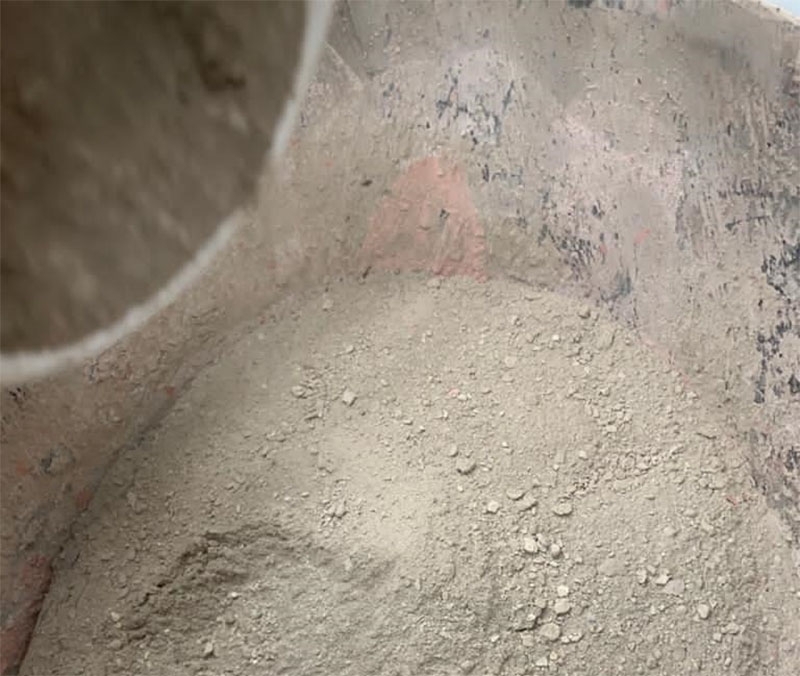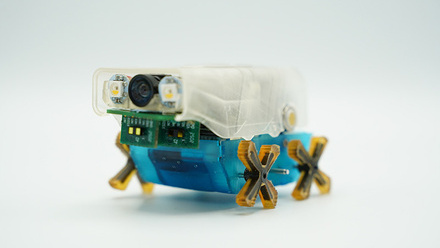Asbestos comes good as aggregates
UK-based Thermal Recycling has demonstrated the scientific process of denaturing to convert roof sheets containing asbestos into a new material on an industrial scale, which can then be used for aggregates in road building.

'We divert asbestos from landfill, we convert it into a new substance that does not contain asbestos, and we produce a sustainable material from that new substance,' explains Graham Gould, Thermal Recycling’s Chairman.
Using denaturing, asbestos can be treated several ways. One approach is to use heat, while other applications employ chemicals, mechanical or biological processes.
'We have designed a thermal process that applies heat in a precise, controlled and scientific way. No chemicals are used and the treatment involves a purpose-built kiln,' says Gould, who adds that specifics around the actual temperature and process are proprietary.
The company collects asbestos roof sheets containing chrysotile and processes them at its demonstration plant in Wolverhampton, which has been built in advance of a full-scale plant. The converted material is then crushed and retains some of the properties of the cement sheets from which it was made, explains Gould. 'It is no more harmful than the cement from which it came.'
Thermal Recycling’s system measures the temperature in the kiln so that they know how much heat has been applied to different parts of the load. To ensure that the material from each load has been treated properly, a range of microscopy applications are deployed, including polarised light, scanning electron and transmission electron. In doing this, the team can ensure that no residue asbestos is detected.
Gould adds that Thermal Recycling has yet to supply the treated material commercially, but has applied it on a long drive in a private residence. The company is currently looking to identify uses for the material, having achieved UK Environment Agency approval for its commissioning plans outlining its thermal technology approach.
'We have a Smart Innovation Grant to research alternative uses for the material and we are currently in the middle of this project,' says Gould.
He points out that Thermal Recycling is a circular economy business. 'Once put in landfill, the asbestos stays there forever, which means the land can never be used again unless the asbestos can be safely removed and converted. Over time, it is possible that it could degrade and the fibres could escape. Asbestos is meant to be delivered to landfill in bags or polythene sheets, but when it is tipped into landfill, the wrapping can split and fibres escape.'
Gould notes that there is also insufficient landfill capacity in the UK to accept all of the asbestos that is still present in the built environment. Thermal Recycling plans to apply the technology to other types of hazardous waste in the future.







